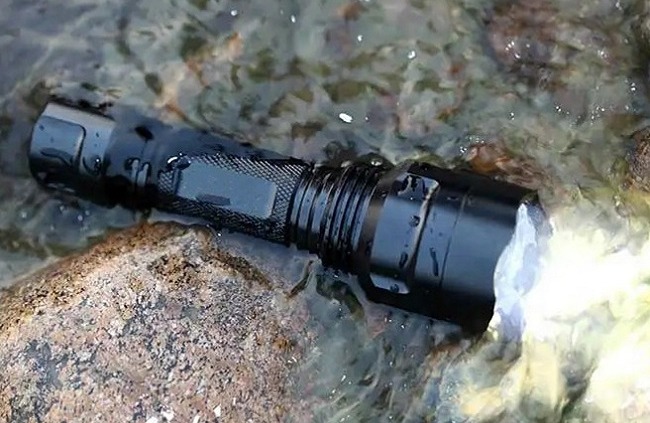Several key factors to consider for outdoor flashlights
1. Light output: In lumens (LM), it represents the energy collection of light at all angles emitted by the flashlight light source. The light output of different flashlights varies from 20 lumens for reading to thousands of lumens.
2. Beam distance: in meters (m), it indicates the distance from the origin of the beam to the point where the brightness decreases to the minimum safety required brightness.
3. Length of battery life: measured in hours per minute (H/Min), to measure how long it takes for light output to drop to 10% of the rated output of a new battery. This represents the battery life of the flashlight. It mainly depends on the size of the power consumption of the light source, the size of the battery power and the current size of the drive circuit. It is the same for any brand.
4. Anti-drop: When the flashlight falls on a solid surface, the degree of damage resistance that the flashlight can achieve. The product must not have any cracks or breakage, and all functions are sound, to pass the test.
5. Water resistance: divided into three grades, IPx4 means the waterproofness of the flashlight to splashed water; Ipx7 means the waterproofness of the flashlight temporarily immersed in water; IPx8 means the waterproofness of continuous immersion in water.
These key factors come from the internationally popular standard ANSI FL1, which is the quality standard used by most flashlight manufacturers. Generally, manufacturers will present these attributes to consumers. Consumers can roughly understand the performance of a flashlight through these attributes.



